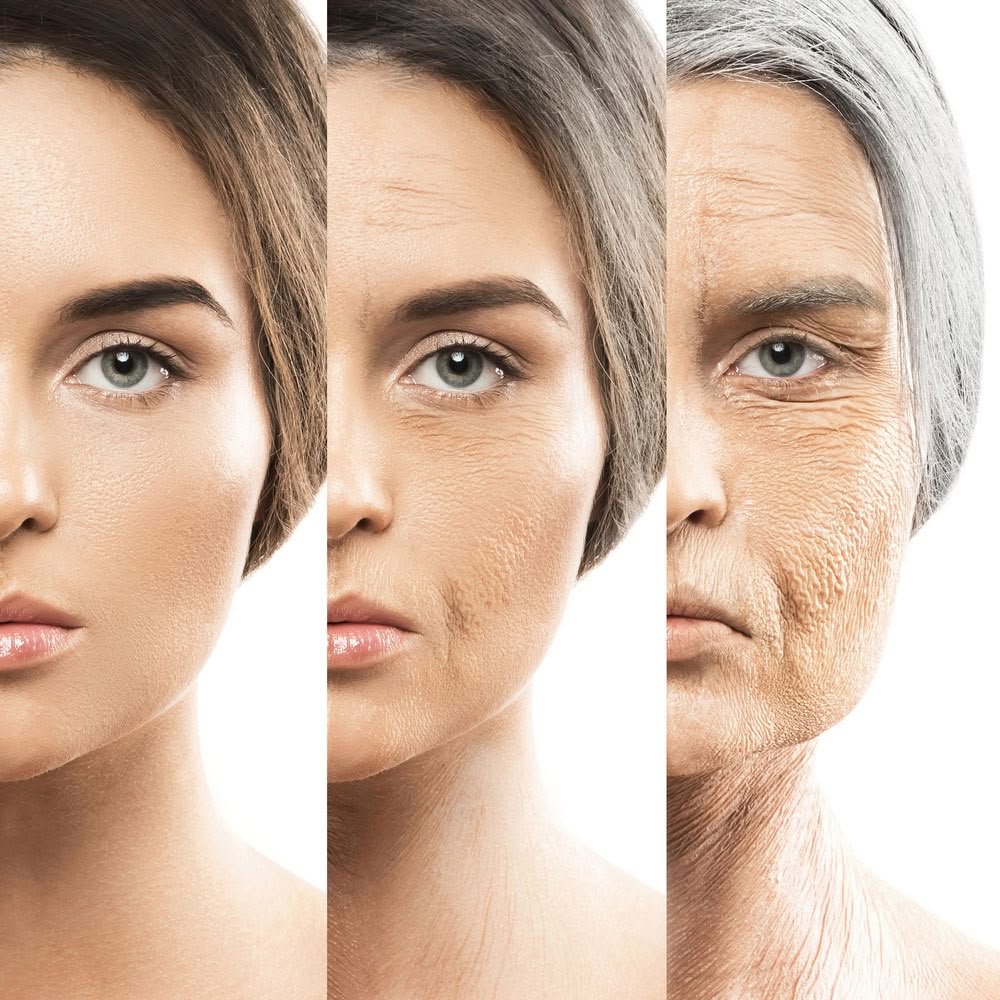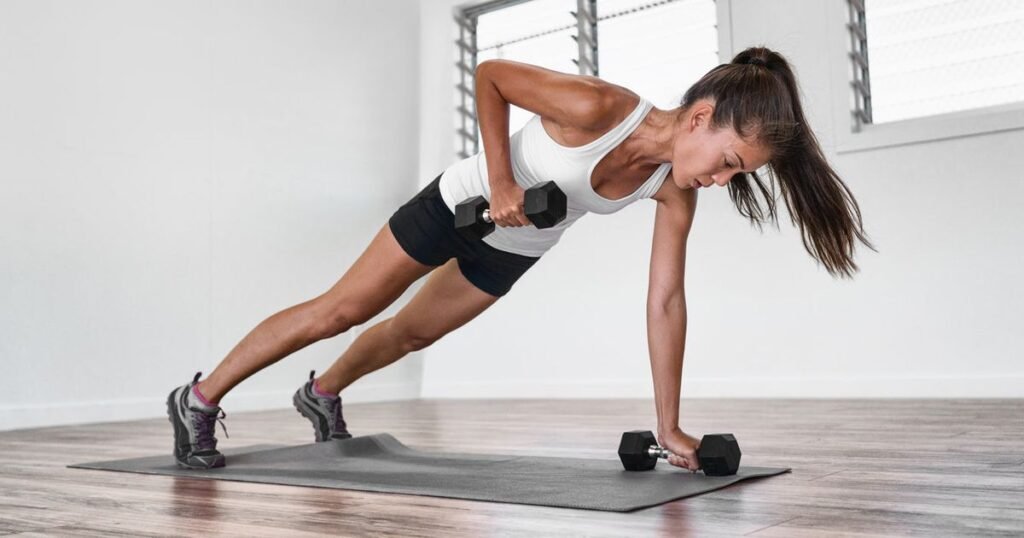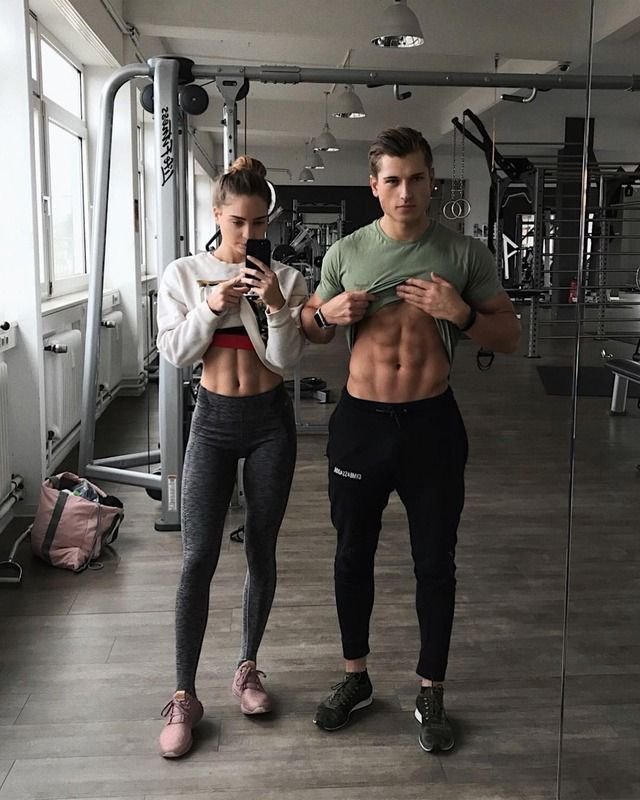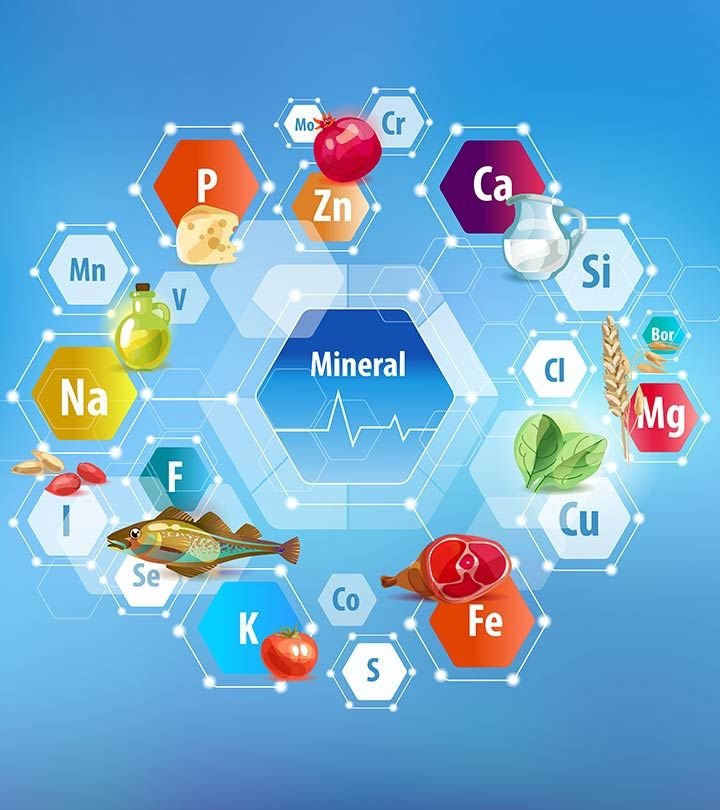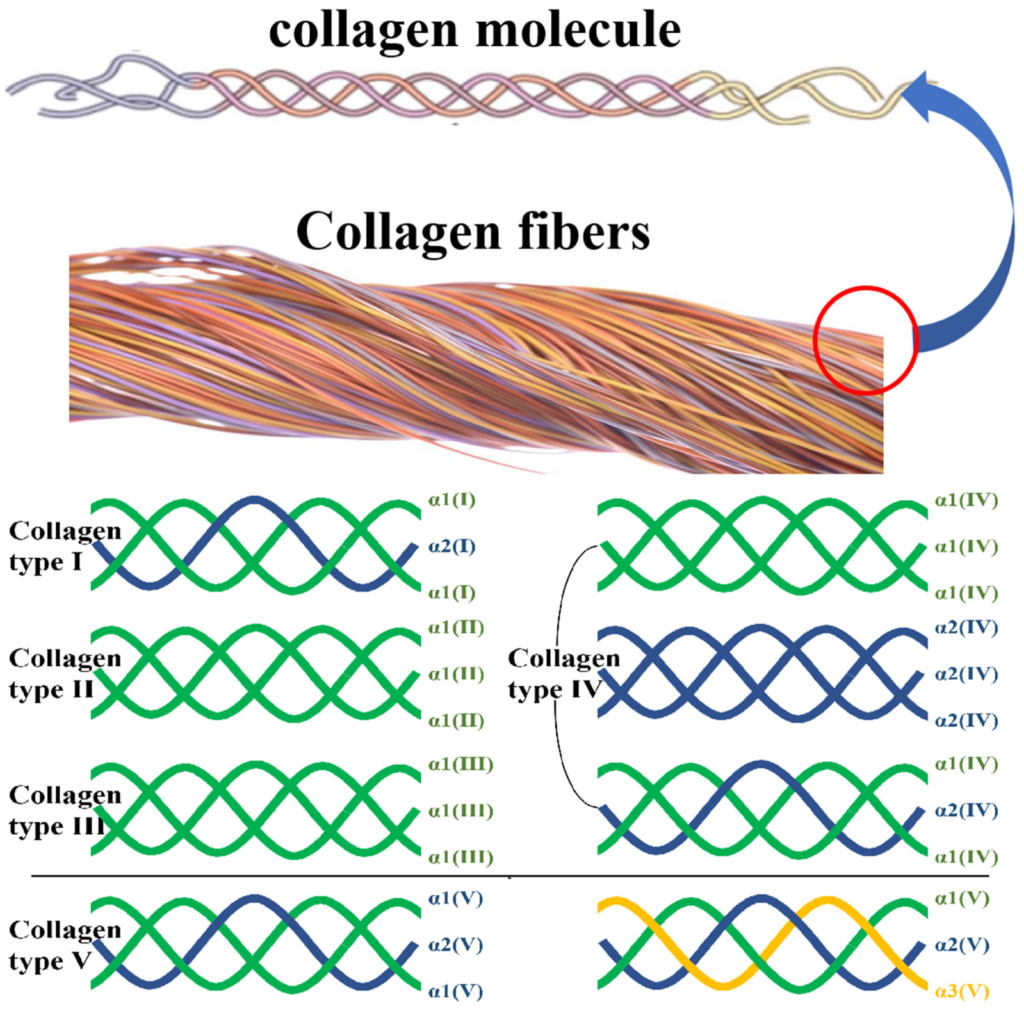30 Days Personal Growth Challenge [ INTENSE ]
30 Days Personal Growth Challenge [ INTENSE ] In the world of self-improvement, a 30-day personal growth challenge stands as a powerful tool for creating lasting positive changes in your life. While the popular belief that it takes just 21 days to form a new habit has been debunked, research shows that habit formation typically requires anywhere from 18 to 254 days, with an average of 66 days for a behavior to become automatic . This detailed guide will help you embark on a transformative journey toward becoming your best version through structured, evidence-based approaches. The Science Behind 30-Day Challenges Understanding Habit Formation The process of forming new habits is more complex than previously thought. Scientific studies have revealed that habit formation is influenced by several key factors: While a 30-day challenge may not be sufficient for complete habit formation, it serves as an excellent starting point for initiating behavioral change. The key to success lies in maintaining consistency and repetition beyond the initial challenge period. Mental Health Benefits Personal development activities have shown significant positive impacts on mental well-being: Structuring Your 30-Day Personal Growth Challenge Week 1: Foundation Building Day 1-7: Establishing Your Morning Routine Set Clear Intentions Create a Structured Daily Routine Week 2: Expanding Horizons Day 8-14: Pushing Your Comfort Zone Incorporate New Things Build Support Systems Week 3: Habit Reinforcement Day 15-21: Strengthening New Patterns Focus on Consistency Mental Well-being Integration Find Out What is Biohacking for better physical health Week 4: Long-term Success Planning Day 22-30: Ensuring Sustainability Future Planning Progress Evaluation Evidence-Based Strategies for Success 1. Goal Setting Framework Research indicates that successful personal growth relies on: 2. Building Psychological Resilience Studies show that personal development activities enhance mental resilience through: 3. Social Support Integration The power of community in personal growth is well-documented: Try Out Biohacking on Budget Overcoming Common Challenges 1. Time Management 2. Maintaining Motivation 3. Dealing with Setbacks Making It Last: Beyond 30 Days Sustainable Integration Research shows that lasting change requires: Continuous Growth To maintain momentum: 10 Life-Changing Books to Transform Your Habits and Personal Growth Simply pick two books during your 30 days and try to read as fast as you can 1. Atomic Habits by James Clear (2018) This book stands out as a powerful tool for personal transformation, offering a practical and science-based approach to habit formation. Key features include: 2. The 7 Habits of Highly Effective People by Stephen R. Covey A timeless classic that continues to influence personal development through: 3. The Subtle Art of Not Giving a F*ck by Mark Manson (2016) This counterintuitive approach to personal development has gained widespread acclaim for : 4. Thinking, Fast and Slow by Daniel Kahneman (2011) A groundbreaking work that helps readers understand their own thought processes : 5. The Four Agreements by Don Miguel Ruiz This transformative book has impacted millions of readers worldwide through: 6. Dare to Lead by Brené Brown (2018) A research-based approach to personal growth and leadership: 7. You Are a Badass by Jen Sincero (2013) This engaging self-help book offers : 8. Outlive by Peter Attia with Bill Gifford (2023) A comprehensive guide to holistic well-being : 9. The Power of Habit by Charles Duhigg This influential book explores: 10. Mindset by Carol S. Dweck A transformative book about the power of our beliefs: Why These Books Are Effective These books have been selected based on several key criteria: How to Make the Most of These Books To maximize the benefit from these readings: Structured Approach: Practice and Application: Remember that personal growth is a journey, and these books serve as powerful tools for transformation when applied consistently and thoughtfully in your daily life. 30-Day Life-Changing Fitness Routine: A Comprehensive Guide This evidence-based fitness routine combines cardio, strength training, flexibility, and balance exercises to create a holistic transformation. Research shows that while complete habit formation may take longer than 30 days, this period can kickstart significant physical and mental changes when approached systematically . Program Structure Week 1: Foundation Building Focus: Establishing baseline fitness and proper form Days 1-3: Basic Movement Patterns Days 4-7: Building Endurance Week 2: Progressive Overload Focus: Increasing intensity and introducing new exercises Strength Days (Monday/Wednesday/Friday) 20-minute cardio warm-up Full-body strength training: Cardio Days (Tuesday/Thursday) 30-minute moderate-intensity cardio Choice of: Recovery Days (Saturday/Sunday) Week 3: Intensity Increase Focus: Challenging your comfort zone Strength Days 25-minute cardio warm-up Circuit training: Add weights if ready HIIT Days Week 4: Peak Performance Focus: Maximizing results and establishing long-term habits Advanced Circuit Training 30-Day Life-Changing Diet Plan: Your Path to Better Health Introduction This scientifically-backed 30-day diet plan is designed to create sustainable positive changes in your eating habits and overall health. Research shows that while complete habit formation may take longer than 30 days, this period can establish the foundation for long-term dietary success . Phase 1: Days 1-7 (Foundation Week) Focus: Eliminating processed foods and establishing baseline habits Dietary Guidelines Daily Meal Structure Breakfast (300-350 calories) Lunch (400-450 calories) Dinner (350-400 calories) Snacks (2 x 150 calories) Phase 2: Days 8-14 (Adaptation Week) Focus: Introducing new healthy foods and establishing meal timing Key Changes Macronutrient Distribution Following evidence-based guidelines : Phase 3: Days 15-21 (Optimization Week) Focus: Fine-tuning nutrition and addressing challenges Advanced Strategies Nutrition Optimization Phase 4: Days 22-30 (Sustainability Week) Focus: Creating sustainable habits and long-term success Long-term Success Strategies Meal Planning and Preparation Weekly Prep Guidelines Sunday Prep Daily Organization Shopping Guidelines Essential Foods List Proteins Vegetables Fruits Healthy Fats Addressing Common Challenges Challenge Solutions Cravings Management Social Situations Expected Results With consistent adherence to this plan, you can expect: Tips for Success Preparation Mindset Support System This 30-day personal growth challenge represents more than just a month-long commitment—it’s the first step toward lasting transformation. While research indicates that complete habit formation may take longer than 30 days , this structured approach provides the foundation for continued personal development and positive change. Remember that personal growth is a journey unique to each individual, with
30 Days Personal Growth Challenge [ INTENSE ] Read More »





